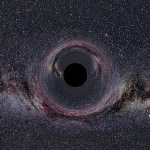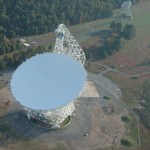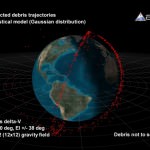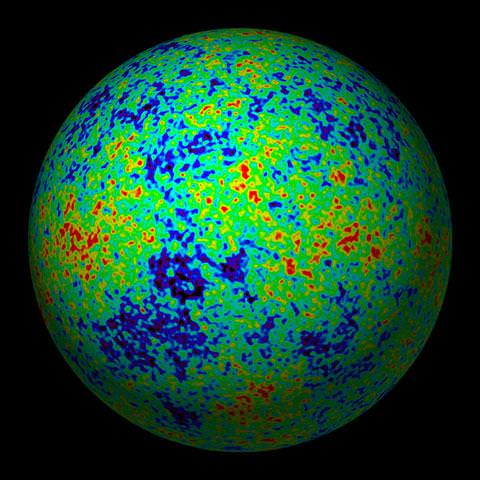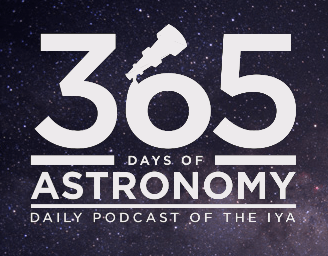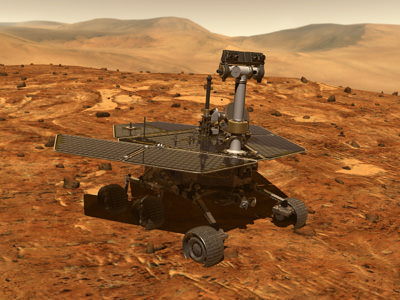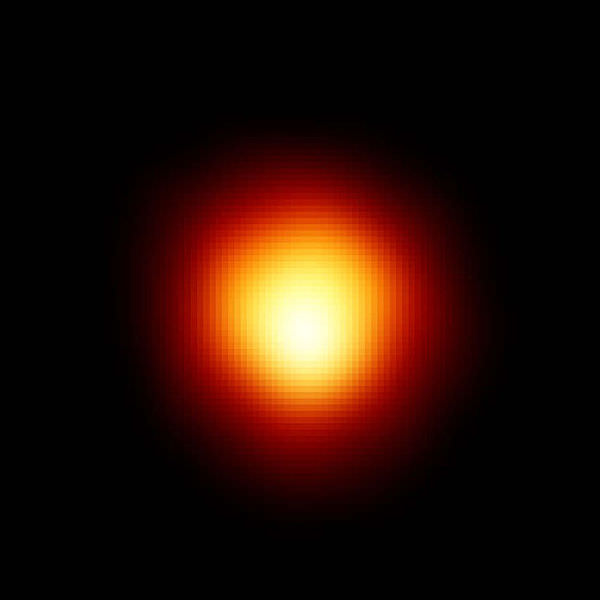Just wanted to wish all the Universe Today readers a happy 2009, and invite all of you to listen to the first episode of the 365 Days of Astronomy Podcast. The first voice you’ll hear will be … me! (well, after Pamela Gay’s introduction and George Hrab’s incredibly rockin’ theme song!) I’m part of the group of folks working behind the scenes, “making sure audio makes it from our community to your computer everyday of 2009” — to quote Pamela’s part of the podcast. The 365 Days of Astronomy podcast will publish one podcast per day, for all 365 days of 2009. The podcast episodes are written, recorded and produced by people around the world. There are still dates open if you’d like to participate. Check out the website! If you’ve never done a podcast before, don’t worry — everything you need to know on how to get started is on the website. But if you choose to participate by just listening, that’s OK, because we need listeners, too! If you need a reminder to listen every day of 2009, you can follow the podcast’s Twitter, which will send out a tweet each day of the day’s topic, inviting you to listen in. And make sure you check out all the other International Year of Astronomy events, too. If you can’t find any near you, consider organizing an event, whether it be a star party or an informational event. The sky is the limit!
Want to subscribe? Links for iTunes or RSS
Listen in and enjoy!


